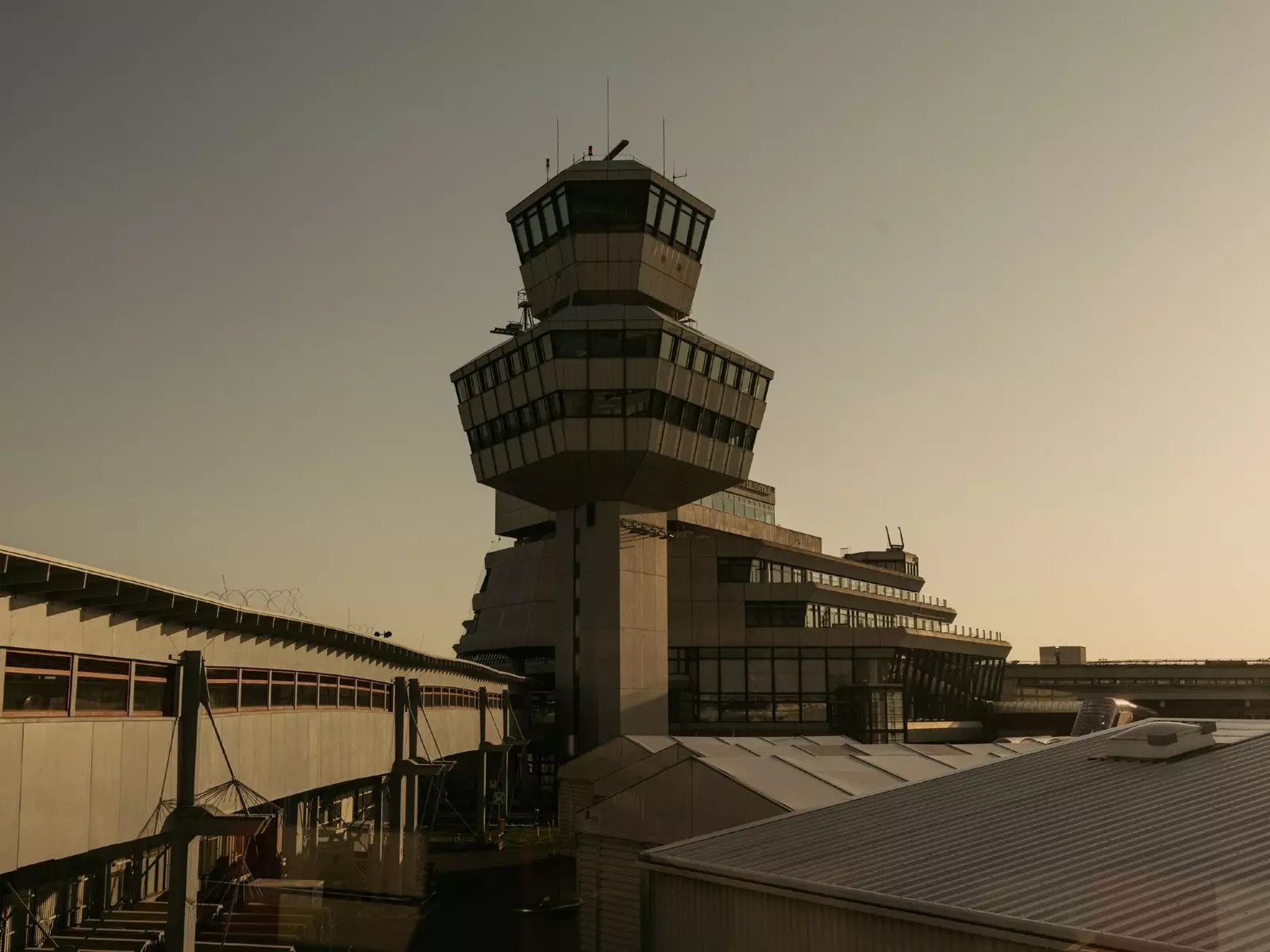
'Flughafen Tegel', a book for architecture lovers
The spring 2020 brought with it desolation, which invaded places like Berlin Tegel airport -a neighborhood in the Reinickendorf district-, always crowded with passengers. Months later, the architectural jewel, which in its day it played an important role for the walled Berlin, closed its doors forever.
This event marks the history of the German capital, which is why German photographers Felix Brüggemann and Robert Rieger have given life to Flughafen Tegel book -published by the POOL publishing house-, which honors the fascinating construction through a snapshot collection From the airport since the 1970s to the present.
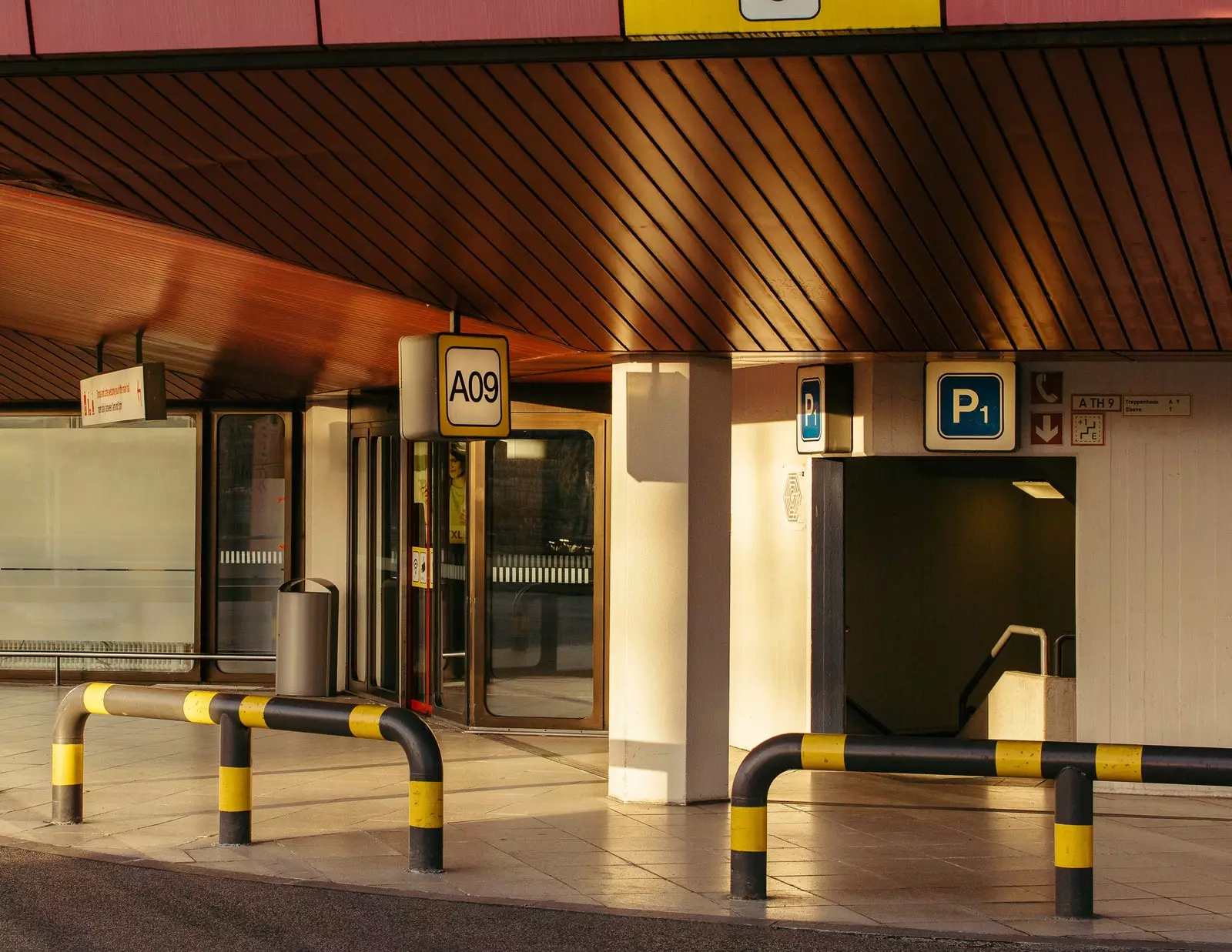
The book contains images taken during quarantine
In addition, the 88 pages of the piece contain unpublished color images that the grandfather of the photographer Brüggemann (Siegfried Brueggemann) took after the opening of the peculiar hex lug , as well as others that were made during his temporary closure due to the pandemic , moment in which he for the first time offered some unobstructed views of its unique architecture.
“Writing about the buildings of berlin , one is always well aware of one's place in the historical fabric, if they were damaged or destroyed during the war and then rebuilt or reused; if they fill a vacuum created by bombs or politics; if they have a compromised historical past o o whether they had any particular representative function when the city was divided between 1946 and 1989” , comment the authors of the book.
Also know as Otto Lilienthal , the ** brutalist** building -listed as a historical monument in 2019- was raised on a concrete and metal structure eleven kilometers from the city center in 1948.
During the Cold War , Berlin suffered the Blockade by the Soviet Union , which meant the cessation of terrestrial communications with the west side of the city.
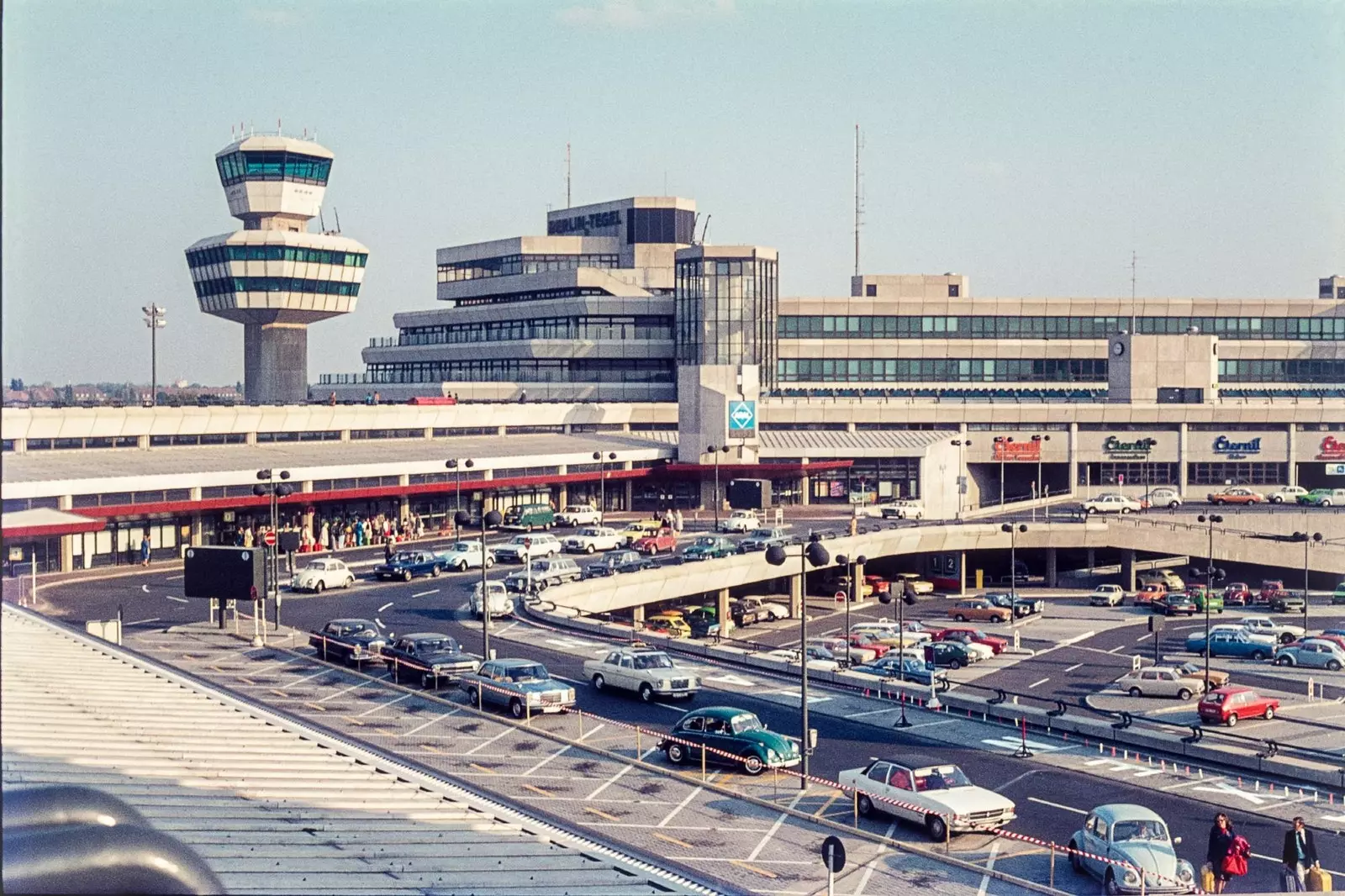
Snapshot of Siegfried Brüggemann
That was the reason the allies started an airlift between the Federal Republic of Germany and West Berlin to supply the city, which had two million inhabitants , between June 24, 1948 and May 12, 1949.
Initially, this link had as headquarters Tempelhof airport -closed in 2008-, in the American sector of Berlin, but later diverted to Tegel, in the French sector. To make it more operational, in 1948 the (by then) longest runway in Europe (with 2,400 meters in length).
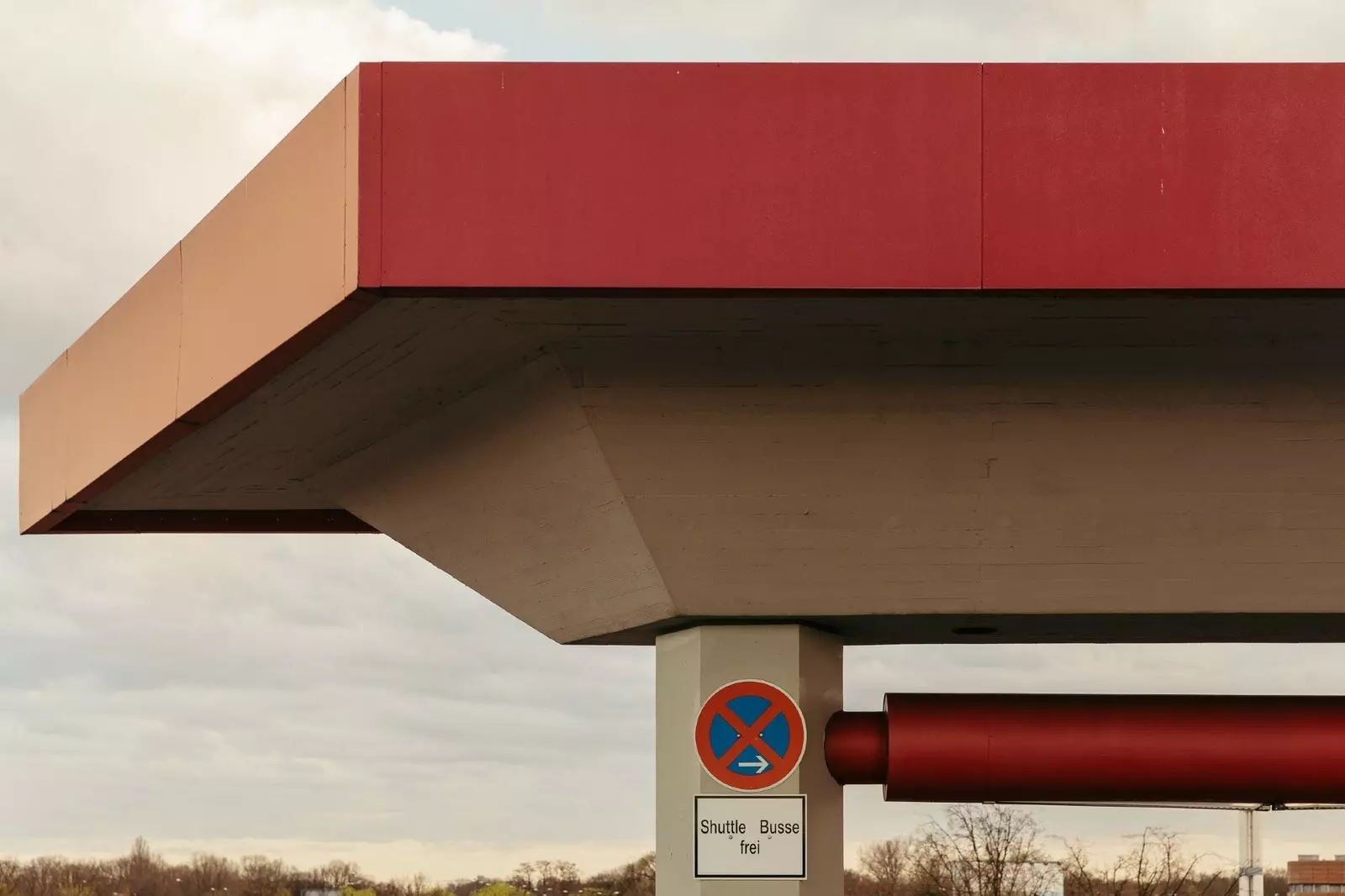
In 1948, what was then the longest runway in Europe was built.
“The airstrip itself was a feat of extraordinary construction in itself: it was built mostly by hand in 1948, during the Soviet blockade, and in just 90 days by tens of thousands of Berliners, half of whom were women. , the photographers say.
the year ran 1960 when they started international passenger flights , inaugurating a new stage when Air France started its route to Paris . Pan Am and British Airways were the other companies allowed to operate in Berlin.
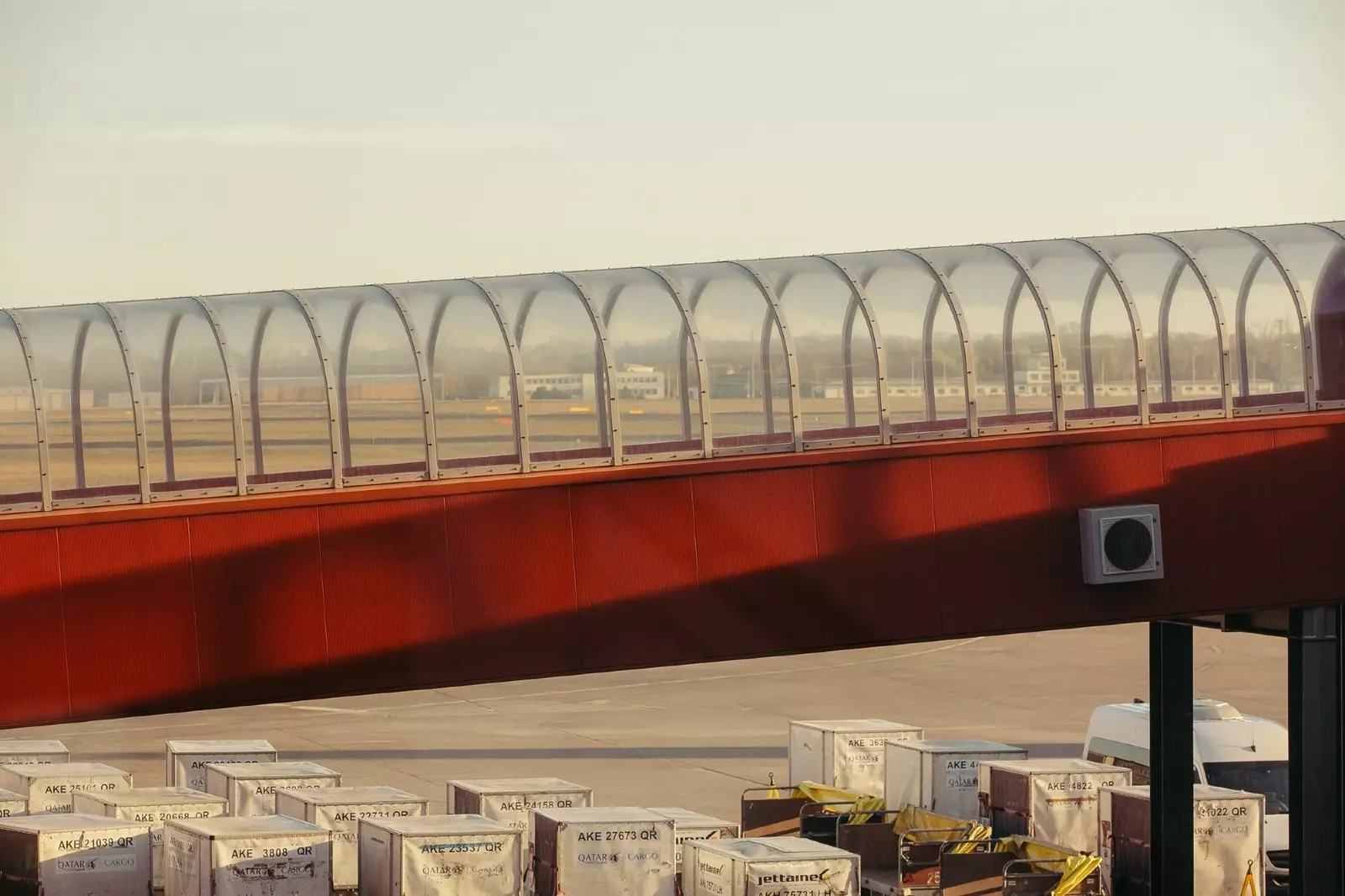
Due to its location, the extension of Tegel was not feasible
Ten years later, in 1970, the architect Meinhard von Gerkan , from the German studio Gerkan, Marg und Partner, was responsible for the design of the new facilities. This project included an impressive hexagonal terminal -inaugurated in 1974- that would facilitate movement inside the building.
Due to its location, the Tegel enlargement was unfeasible , so the Berlin-Brandenburg Airport Willy Brandt became the main one and Tegel, following in the footsteps of Tempelhof airport, closed its doors definitely last month november.
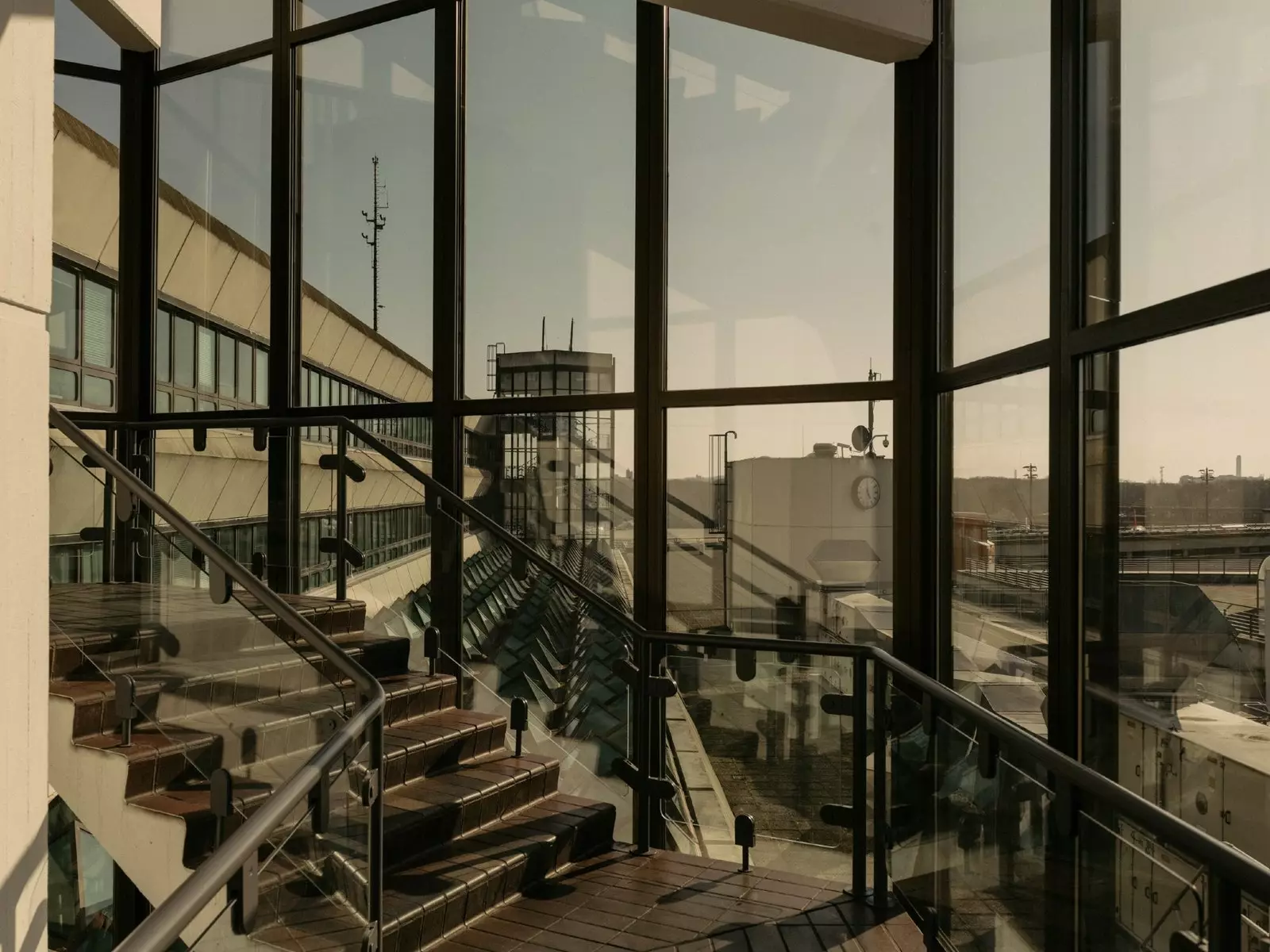
The airport will become the Urban Tech Republic industrial park
Secondly, noise and pollution -which affected the inhabitants of the heart of Berlin- These have been other compelling reasons why the airport has finally been closed.
What future awaits construction? Far from becoming another of those brutally forgotten corners of Europe, Tegel will become a industrial park and urban technology research called Urban Tech Republic.
